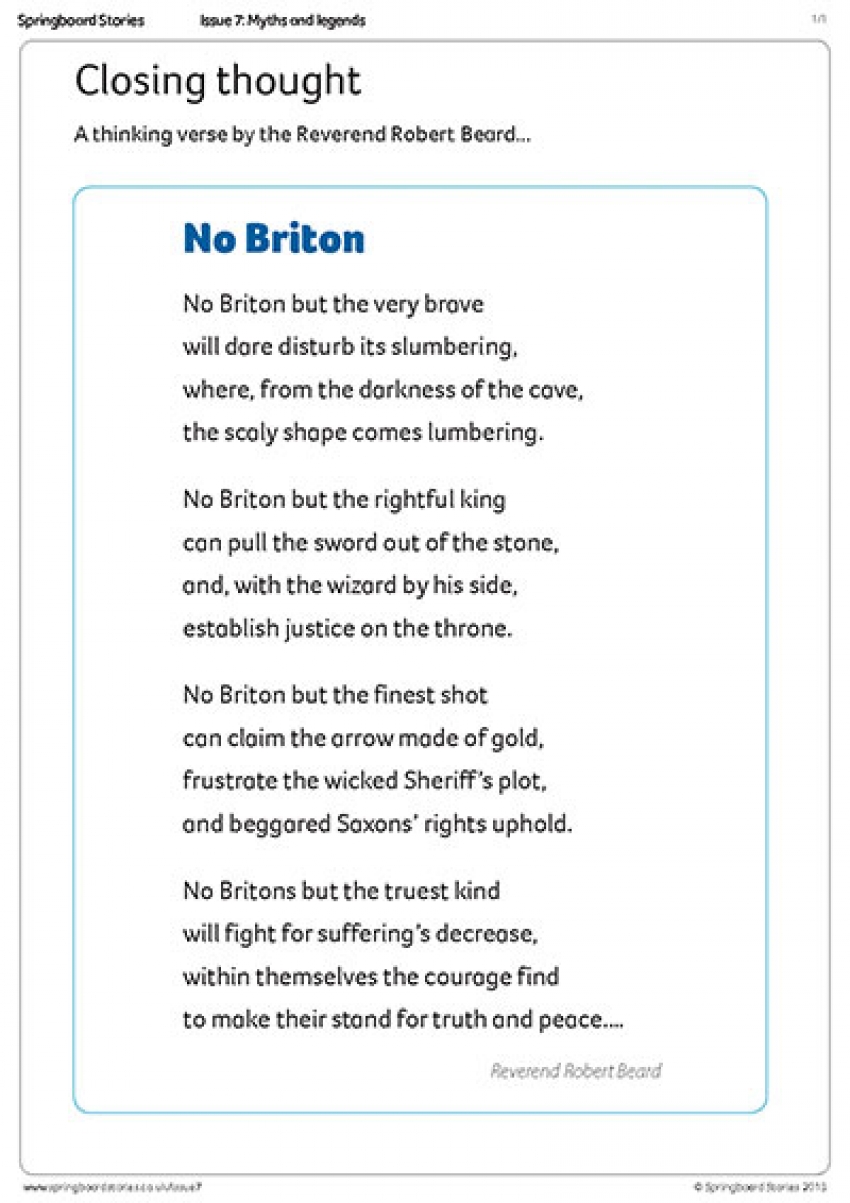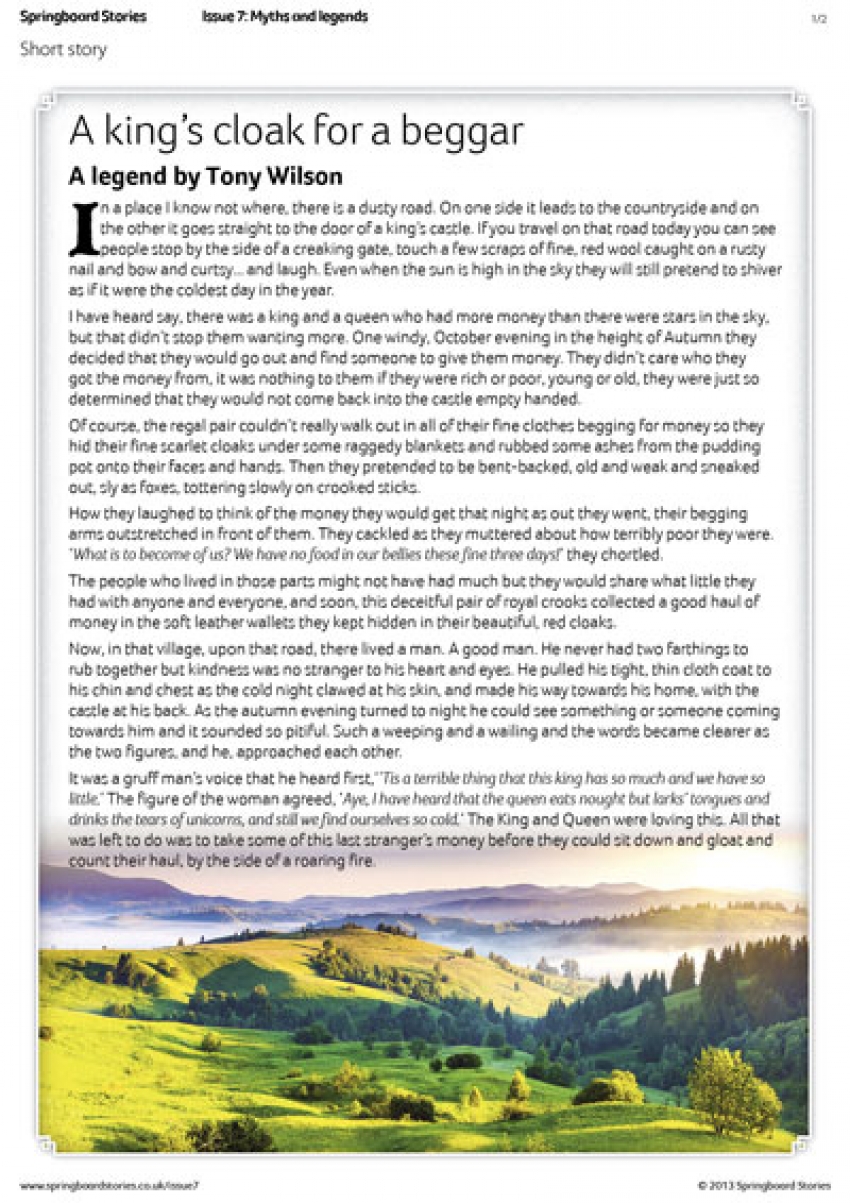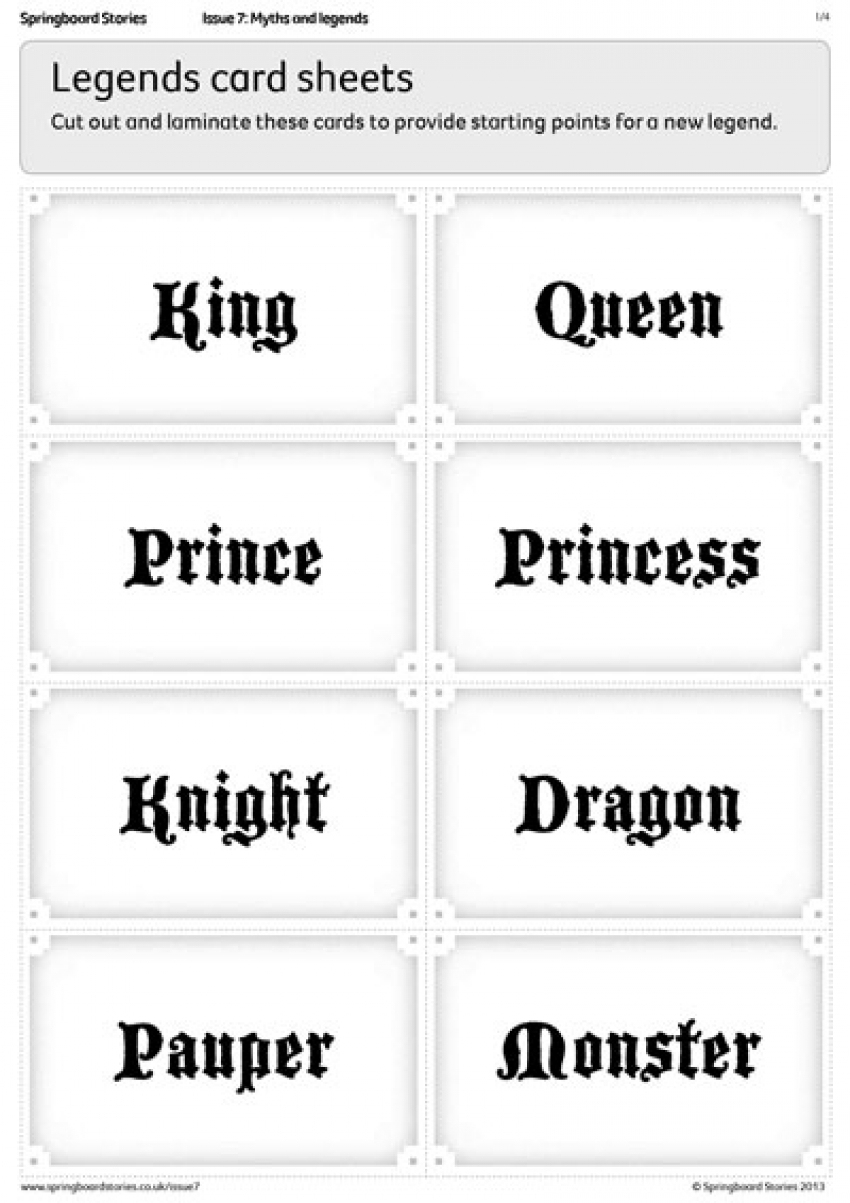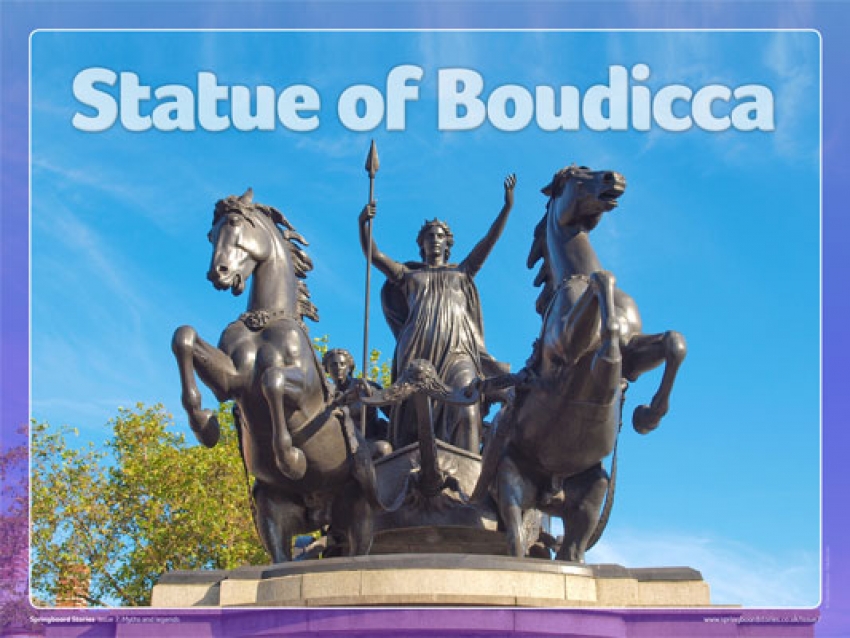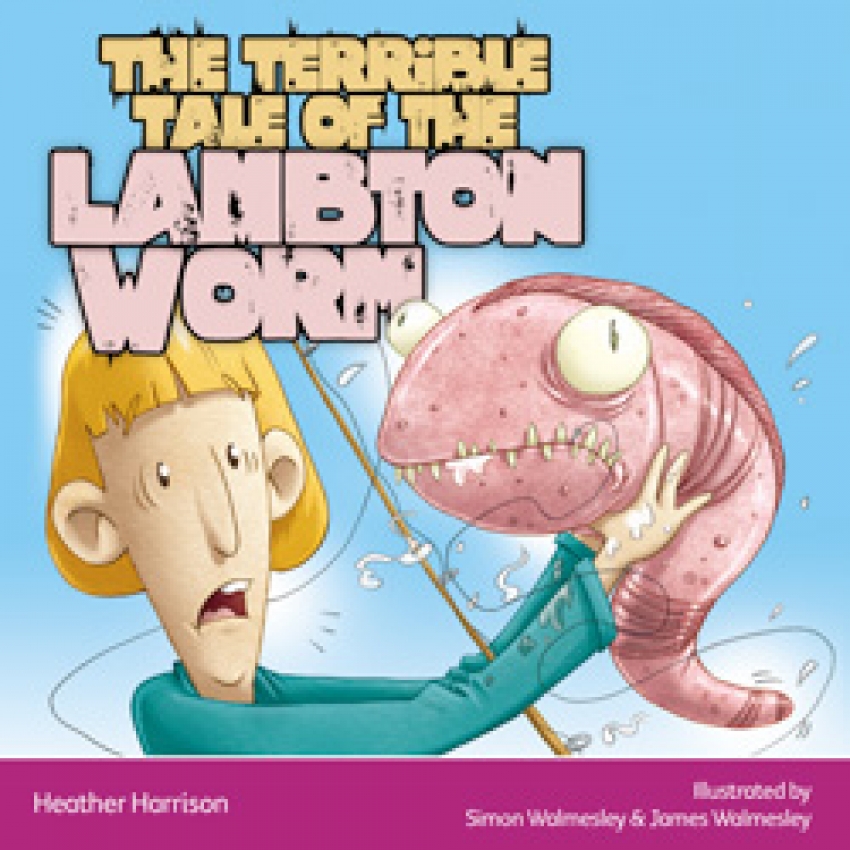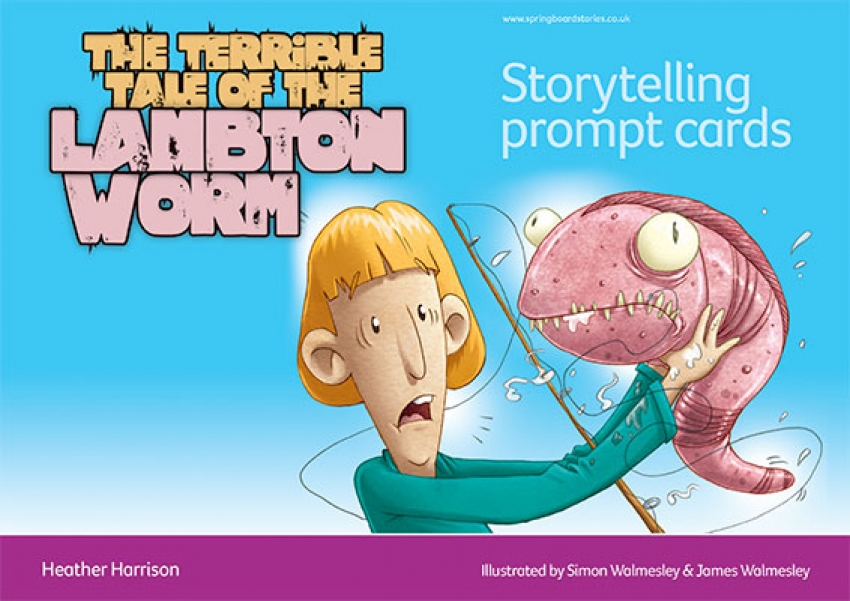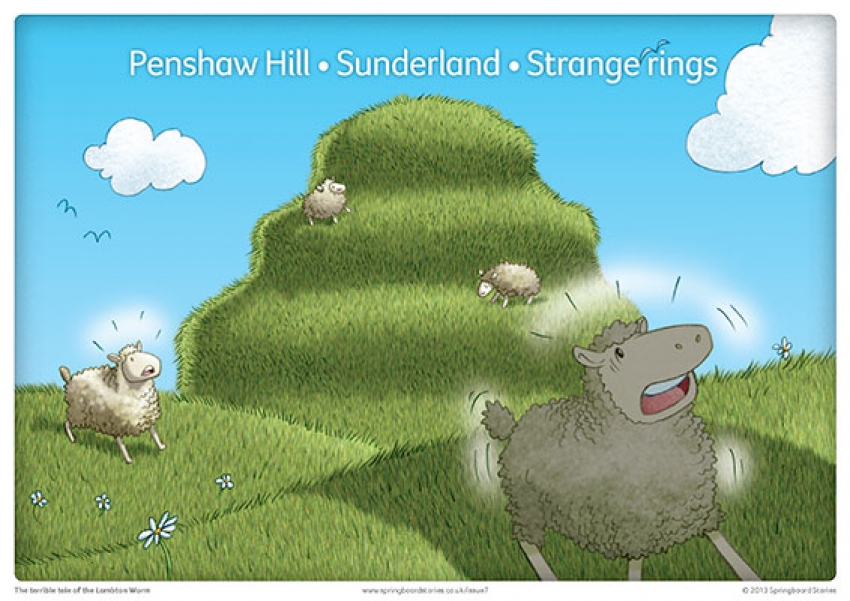Tony Wilson puts the record straight about myths and legends, and shows us some practical approaches for using them to develop creative writing in class.
In our media-rich world, the words myth and legend are bandied around all of the time, without us admitting to being a bit vague about what they mean. Myths and legends both fall under the umbrella term ‘traditional stories’ and the words are often used interchangeably. So let’s get straight to the point. Myths were used by our ancestors to explain why natural and physical phenomena occurred: lightning, waves crashing, trees growing, how man got fire and so on. The stories are pure fantasy but, in the society in which they were told, myths were regarded as a true account of the past. Legends have many fantasy elements but also have some basis in history or reality, whether it be an historical character, event or real geographical setting.
Do you want read more and download resources?
Buy a Springboard Stories subscription for just £3.95 a month*.
Or you can subscribe to individual topics.
Or Log in if you already subscribe.

*There are discounts for Students and NQTs and all subscriptions are paid annually.





